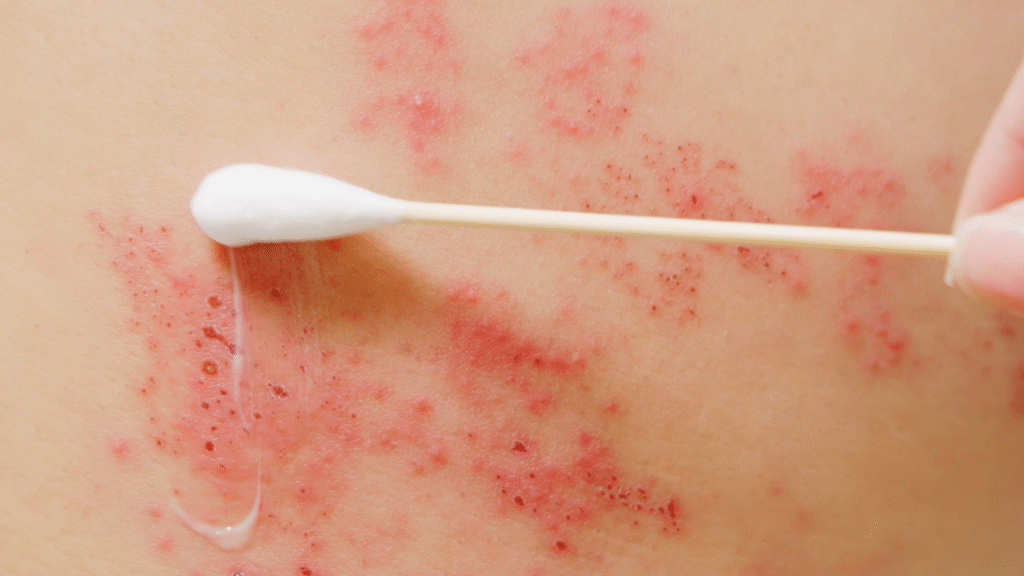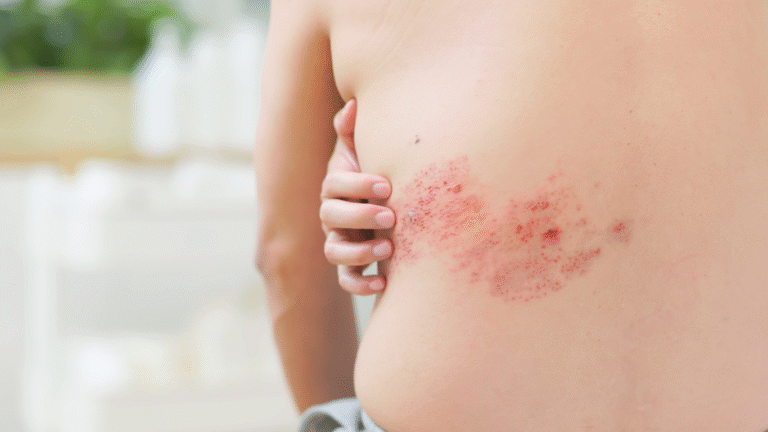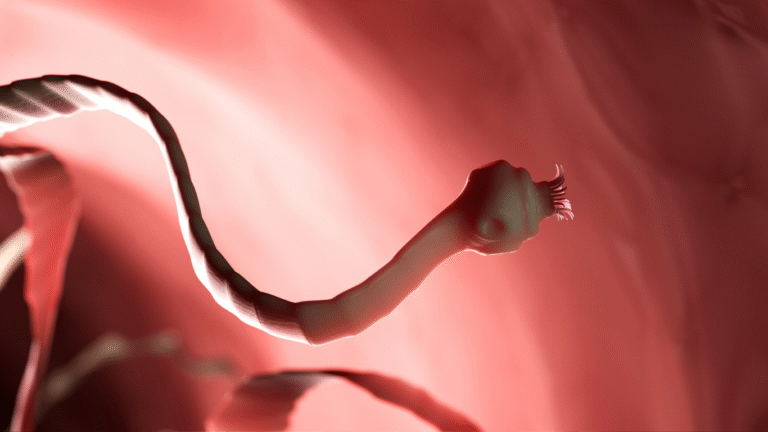Discover the vicious story of shingles. Learn how this sleeping virus hides in your body for decades, and what triggers its painful, blistering return. Find out how you can protect yourself.

I rest in silence, hidden deep within the nerves of someone who thinks they left me behind long ago. I am the varicella-zoster virus, better known for the itchy red spots of childhood chickenpox. When my host was young and covered in rashes, they thought I had burned out after the fever ended and the blisters faded. But that was never my plan. Unlike many other viruses, I do not leave when the illness ends. Instead, I curl up inside nerve cells, hiding quietly for years, sometimes for decades, tucked away like an unwelcome guest no one remembers inviting. According to the CDC, this ability to lie dormant makes me unique.
Life in hiding feels almost peaceful. The immune system forgets about me, too busy chasing colds, fighting off bacteria, or repairing daily wear and tear. I am still here, but invisible. My host grows up, gets older, and lives life without remembering that I am still a part of them. Yet I know my quiet rest cannot last forever.
As the years pass, I sense change. The body that once fought me so fiercely has begun to slow down. Age is a powerful ally to me, because the immune system does not remain sharp forever. Stress, certain medications, or other illnesses can also create openings. When defenses weaken, I begin to stir. I stretch my viral form, replicating quietly at first, then with more confidence. This is the moment I have been waiting for: my awakening.
When I move, I do not travel gently. I crawl along nerve pathways like sparks racing down a wire. With each step, I leave behind inflammation that irritates and injures the nerves. This is why shingles feels so painful. My host begins to sense burning, tingling, or stabbing pain before they even see what is happening on the surface. As the Mayo Clinic explains, these early warning signs are my footprints, evidence of my journey through the nervous system.
Then, I break through to the skin. For me, it feels like stepping out of a cave into sunlight after years underground. On the surface, I make my presence known with a band of red blisters, usually only on one side of the body. To my host, it looks like an angry rash, but to me, it is my grand announcement that I have returned. The blisters are full of viral copies, tiny armies ready to spread. They are not contagious as shingles, but if they come into contact with someone who has never had chickenpox or the vaccine, they can cause chickenpox instead, as the CDC warns.
While I flourish in these blisters, my host suffers. They may feel feverish, exhausted, or overly sensitive to touch. Even clothing brushing against the rash can feel unbearable. This is not my concern—I am only surviving and multiplying—but for them, it means days of discomfort and sleepless nights. The worst part is that the pain may not leave when the rash heals. For some, it lingers as postherpetic neuralgia, a complication described by the NIH that causes nerve pain lasting weeks, months, or even years.
But I am never allowed to continue unchecked. The human body always tries to fight back. White blood cells rush in to slow me down, and sometimes doctors intervene as well. They prescribe antiviral medicines like acyclovir or valacyclovir, which do not erase me completely but can shorten my outbreak and lessen its severity. According to the Mayo Clinic, early treatment makes a significant difference.
Even more powerful than medicine is prevention. My greatest weakness is a vaccine called Shingrix. When given to adults over 50, it trains the immune system to recognize me before I awaken again. The CDC strongly recommends it because the risk of shingles rises sharply with age. For me, this vaccine is like a spotlight in my hiding place, exposing me before I can cause harm.

As my outbreak winds down, the blisters crust over, the skin begins to heal, and I fade back into the shadows of the nerves. I do not always vanish completely. Sometimes I remain hidden, waiting again for the right moment, though now my opportunities are fewer. With vaccines, stronger immune systems, and early treatment, my power is slipping away. Still, I linger, a reminder that once I enter a body during chickenpox, I never truly leave.
Reflecting on my existence, I see myself as both a survivor and a warning. My life tells a story about how the past can resurface when least expected, and how even illnesses that seem gone may not be finished. For my hosts, the lesson is not one of fear but of preparation. Shingles is not just a rash. It is a painful reminder that viruses can sleep silently, then strike without warning. But knowledge, prevention, and medical care turn that story into one of resilience instead of suffering.
In the end, my day in the life is only as powerful as the chances I am given. When people vaccinate, when they seek treatment early, and when they care for their health as they grow older, they write the ending—not me. And perhaps that is how it should be: proof that while I may wake again, I no longer have to win.




